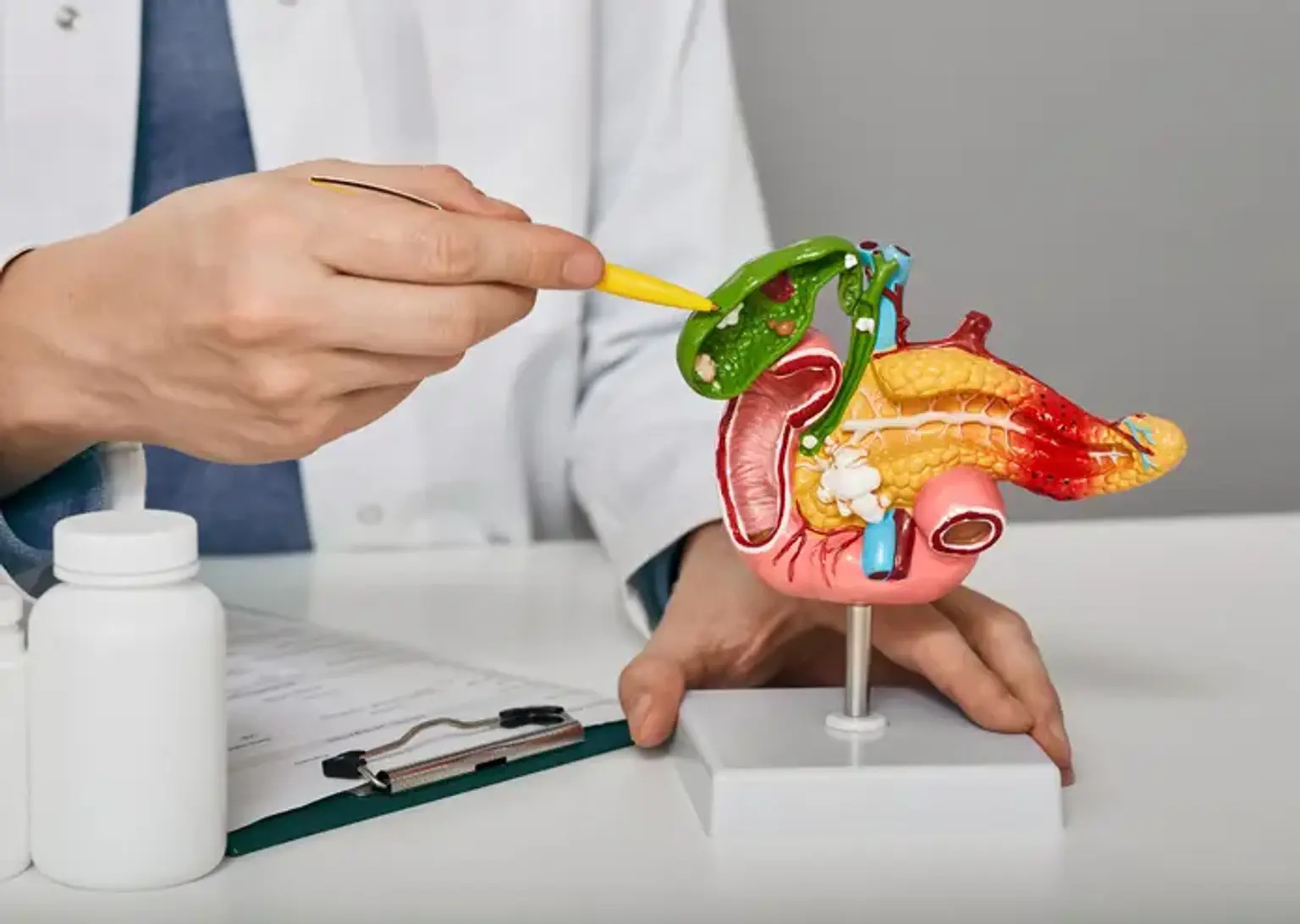Gallbladder Surgery
Overview
The gallbladder is a tiny organ located in the upper abdomen. If various therapies do not reduce the inflammation and discomfort caused by gallstones and associated complications, a person may need gallbladder removal surgery.
